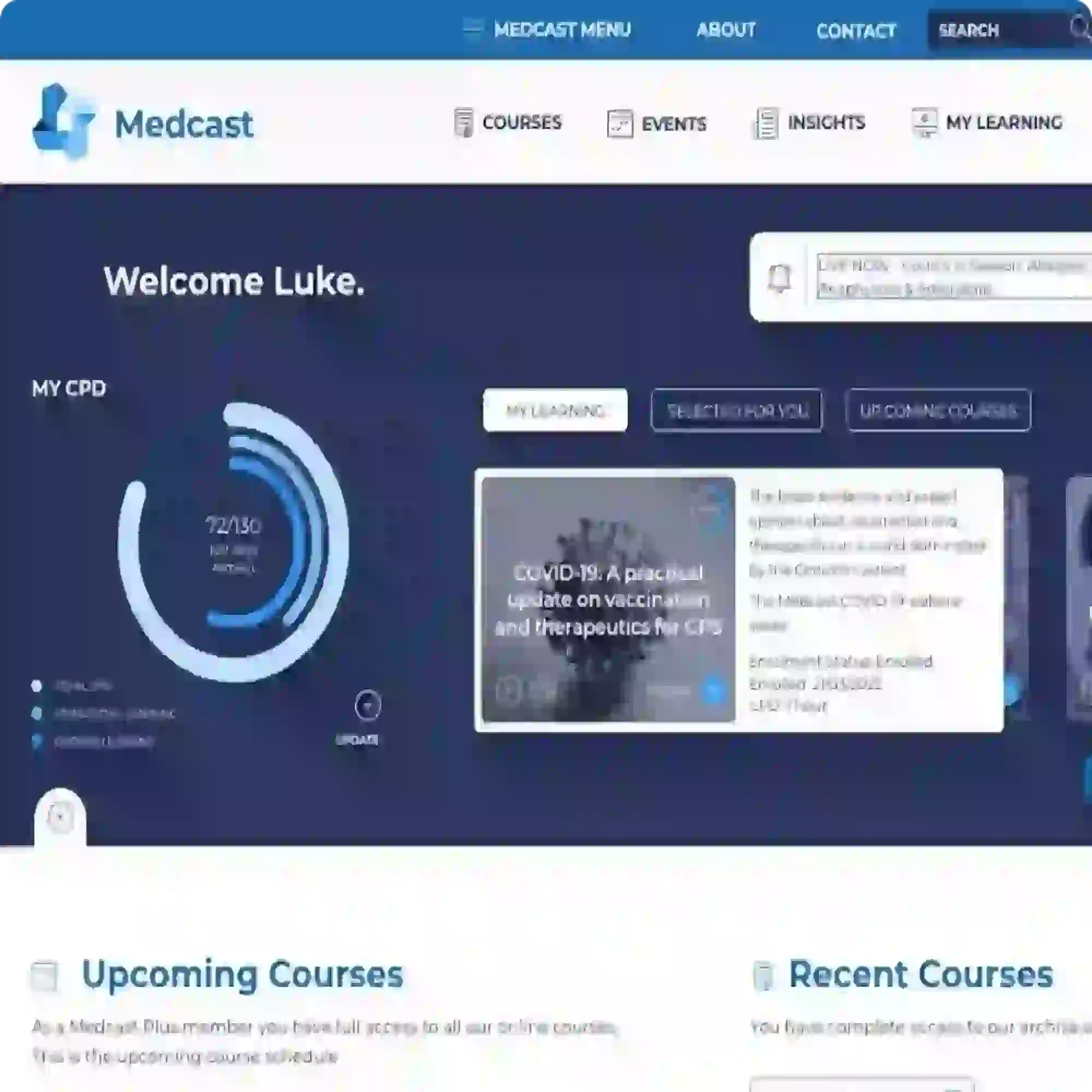Intraoperative Laser Safety: Patient & Personal Protection
What is LASER in the operating room?
The word Laser is an acronym: Light Amplification by the Stimulated Emission of Radiation.
A medical laser is a device that produces a focused beam of light with the properties:
- Monochromaticity: light produced by the laser is of one wavelength or colour
- Coherence: waves of light are generated in phase with each other
- Collimated: laser beam does not expand or diverge quickly.
These characteristics make lasers valuable tools in various medical procedures, including surgery, dermatology, ophthalmology, and dentistry.
Laser use offers distinct benefits that have made it highly favoured among practitioners. Its directional precision enables precise tissue cutting and cauterisation without harming surrounding cells.
Classes of Lasers
Medical lasers are classified into different classes based on their potential hazards. The classification system ranges from Class 1 (low-risk) to Class 4 (high-risk) lasers, with each class having specific safety requirements and precautions.
- Class 1 and 2 Lasers: These lasers are considered low-risk and pose minimal hazards to the eyes and skin. Examples include laser pointers and some diagnostic lasers.
- Class 3 Lasers: These lasers are moderate-risk and may cause eye injury if viewed directly. Precautions such as wearing appropriate eye protection are necessary
- Class 4 Lasers: These lasers pose the highest risk and can cause severe eye and skin injuries. They are commonly used in surgical procedures and require strict safety protocols, including designated laser safety officers, controlled access, and appropriate protective equipment.
Laser Use in the Perioperative environment
To ensure the safety of both patients and healthcare providers when using medical lasers, several precautions should be followed:
- Mandated training and certification for personnel operating the laser equipment
- Education programs for all perioperative staff
- Use of appropriate protective eyewear and masks for staff and patients
- Smoke evacuation ( depending on type of laser used)
- Laser safe instruments; non-reflective or anodised to reduce the risk of laser beam being reflected away from the target area.
- Controlled access to laser operating areas to prevent unauthorised exposure
- Regular maintenance and calibration of laser devices to ensure proper function (Alcohol based cleaners should never be used as they are flammable and present a fire risk)
- Clear communication and signage to alert personnel and patients of potential laser hazards
- Adherence to standard operating procedures and safety guidelines provided by regulatory agencies and professional organisations.
Risks
While medical lasers offer numerous benefits in healthcare, they also pose potential risks if not used properly to include:
- Eye injury: Direct exposure to laser beams can cause permanent eye damage, including retinal burns and vision loss.
- Skin injury: Laser beams can also cause skin burns or tissue damage if not adequately controlled.
- Fire hazard: Some lasers generate heat, posing a risk of ignition in the presence of flammable materials.
Safety Precautions
It is essential to evaluate the potential hazards associated with each wavelength, system, delivery device, and application of medical lasers. Risk levels may vary among members of the team and individuals operating the equipment. Furthermore, the risk level can fluctuate based on the clinical application, including the delivery device, power parameters, and target tissues involved.
Related courses
Perioperative pathway: Professional practice and enhancing patient care in surgery
The Perioperative Nursing Update Course has been developed by Medcast’s expert clinical educators to provide a comprehensive course suitable to experienced perioperative nurses and those new to perioperative nursing or looking to work in the field.

DebEvans, RN, BSc, DipAnaes&PostAnaesNsg, CritCareCert, DipProfStudies, Teach&AssessClin.PractCert, CertIV(TAE) has extensive background in Perioperative education and management. Deb has worked overseas and in several tertiary hospitals in Brisbane as an educator and manager including the Mater & The Wesley Hospital where she was awarded CEO Award for Innovation and Excellence and The Spirit of Wesley Staff Award for commitment to Quality and Safety.
Deb has developed blended education programs within the perioperative environment to include; Graduate transition programs; Clinical mandatory training; Corporate required learning & Point of Care SIMs; Perioperative competency development skills and speciality training programs. She recently worked for Montserrat Day Hospitals as the National Education & Training Manager and implemented a virtual orientation program, LMS & introduced speciality learning pathways. Deb has also been an ALS instructor & involved with a range of universities as a clinical facilitator and a lecturer at TAFE.
Become a member and get unlimited access to 100s of hours of premium education.
Learn moreFollow James, a 7-year-old boy scheduled for a tonsillectomy and adenoidectomy, as we explore how the 4 P’s of child preparation – Prepare, Play, Parent, Praise – can be used in day surgery to reduce procedural anxiety, support family-centred care, and improve the overall patient experience
Caregiver concern is a powerful predictor of clinical deterioration in children, often surpassing abnormal vital signs. A recent Lancet study confirms its association with ICU admission and ventilation. Integrating caregiver input into assessments, documentation, and escalation protocols can significantly improve early recognition and outcomes in paediatric emergency care.
Sepsis is a time-critical medical emergency. The National Sepsis Program urges GPs and primary care clinicians to enhance early recognition and management of sepsis to save lives. This update outlines key actions and available resources to support timely diagnosis and intervention across primary care settings.
